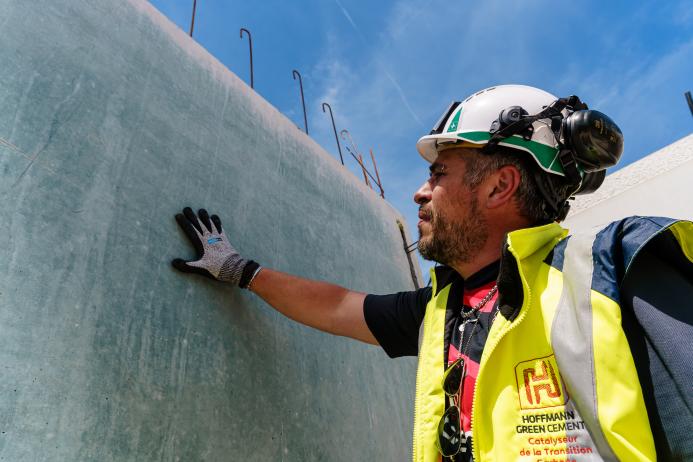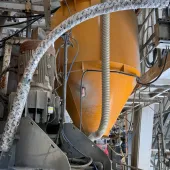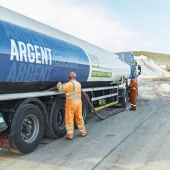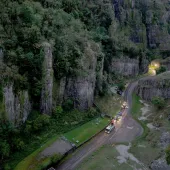CemBlend question CCS as route to decarbonization
Sustainable cement specialist queries the need for expensive carbon capture and storage projects
CEMBLEND have signed an exclusive agreement to market Hoffmann Green’s decarbonized H-UKR cement in the UK and Ireland and are calling on industry chiefs to ‘reassess’ the value of expensive carbon capture and storage (CSS) schemes.
Midlands-based CemBlend, who produce bespoke blends of cementitious powders to create more sustainable solutions for construction and infrastructure, signed the landmark licensing agreement in December 2024 to become the exclusive partner for Hoffmann Green Cement in the UK and Ireland.
The agreement means CemBlend are supplying products such as Hoffmann Green’s 0% clinker decarbonized H-UKR cement, which has a carbon footprint that is a sixth of traditional cement.
Decarbonizing the cement manufacturing sector is seen as a key step in tackling climate change, as its production is responsible for up to 8% of global CO2 emissions each year.
H-UKR is manufactured cold, using industrial co-products and activators from the chemical industry, ultimately producing clinker-free, low-carbon concretes and concrete products.
While products such as H-UKR create far less CO2 during production, CSS instead captures CO2 during manufacture and stores it, often underground.
CemBlend director Simon Boulter said: ‘The cement sector is making great strides to decarbonize with genuine breakthroughs such as H-UKR – a ‘green’ cement which is manufactured cold and now available at scale.
‘H-UKR has a lower ecological impact at the production stage, creating less CO2 in the first place. This is surely a better alternative to carbon capture, which still allows CO2 to be created, before storing it away. We think that with solutions such as H-UKR available, the sector can reassess the wisdom of investing in CSS.’
Fellow director Matt Cunningham said: ‘As it requires huge capital investment, CCS adds significant costs to the business of making cement – in some cases hundreds of Euros per tonne – which are either passed on to the customer or, even worse, subsidised by the taxpayer, which is the position that the cement producers and the MPA are lobbying for.
‘With tried and tested products such as H-UKR available, we should be questioning if this is the correct route to decarbonization. Clearly, it’s better to not create carbon in the first place, rather than having to store it away for future generations to deal with. After all, isn’t carbon capture like calling landfill ‘waste capture’?’










